Stages of the Path: Karma (2009)
Short talks on karma based on the Guru Puja text by the first Panchen Lama Lobsang Chokyi Gyaltsen.
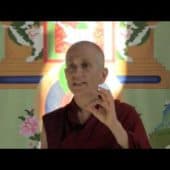
The four general characteristics of karma
Observing cause and effect helps to understand the development of positive and negative results.
View Post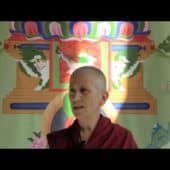
The 10 non-virtues: 3 of body
A description of the three harmful actions of body and the connection to karma.
View Post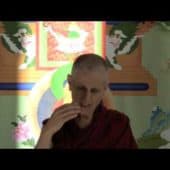
The 10 non-virtues: Lying
Lying is a complex of trying to hide something and saying the untruth. It has complex consequences as well.
View Post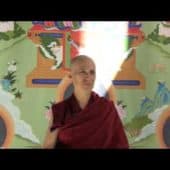
The 10 non-virtues: Disharmonious speech
A look at divisive speech and how the motivation behind creating disharmony is often jealousy. How to transform this habitual speech pattern.
View Post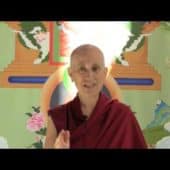
The 10 non-virtues: Harsh speech
The many ways we can use harsh speech and examining the habit patterns of our speech when we get angry with someone or something.
View Post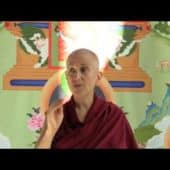
The 10 non-virtues: Idle talk
How to be aware of our use of speech, the topics we talk about with others, and our motivation for speaking.
View Post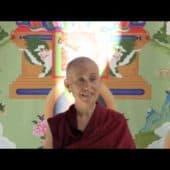
The 10 non-virtues: 3 of mind
From the ten non-virtues the three of the mind are really difficult to detect and to transform.
View Post
Questions about idle talk
Why idle talk (gossip) is said to be the least destructive of the nonvirtues of speech.
View Post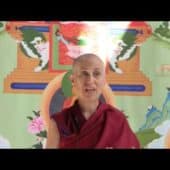
The 10 virtues
Becoming conscious of the virtues can support your motivation to increase your merit.
View Post
Physical and verbal pathways of virtue
Refraining from the nonvirtues of body and speech and acting in the opposite way.
View Post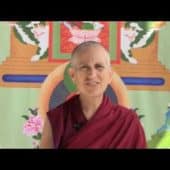
Verbal pathways of virtue
Refraining from the nonvirtues of speech and practicing their opposites.
View Post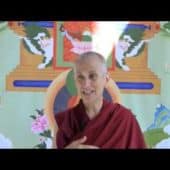
Speaking at appropriate times
Considering the time, the place, the tone, and the content of our speech, and examining our motivation before speaking.
View Post